Red Beach Facts
- The deceptively short title of Red Beach serves as the most frequently used english language name for this geological marvel. It does have several other designations, though. These include Panjin Red Beach, Panjin Wetland, and Red Beach Wetland.
- Local native populations long knew of the presence of this extraordinary creation of Nature, of course. However, it’s gained wider recognition in more recent decades as tourism and media rapidly brought attention to its highly unique landscape.
- Fortunately, its distinctiveness and beauty merit appreciation and concern. Due to a combination of factors, in 1988, a large portion of the region formally earned recognition as a protected area. Further protective steps also appear to be forthcoming.
- Sadly, however, those striving to maintain the pristine state of the stunning location nevertheless still face multiple challenges. Its great beauty understandably attracts droves of tourists. This presents the possibility of degradation, including litter.
- The surrounding region also remains industrially active, with oil fields, chemical plants, and other industries releasing pollutants into the air and water. This pollution potentially degrades the delicate ecosystem of the site, affecting plant and animal life.
- Rising temperatures, sea-level rise, and changing precipitation patterns due to climate change also pose a threat to the Red Beach ecosystem. These changes hold the potential to affect the presence of its flora and the overall health of the wetlands.
Related Articles
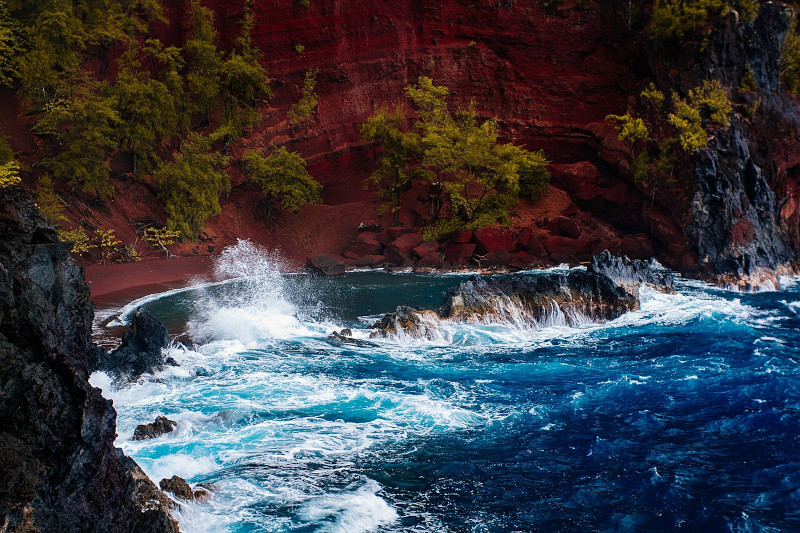
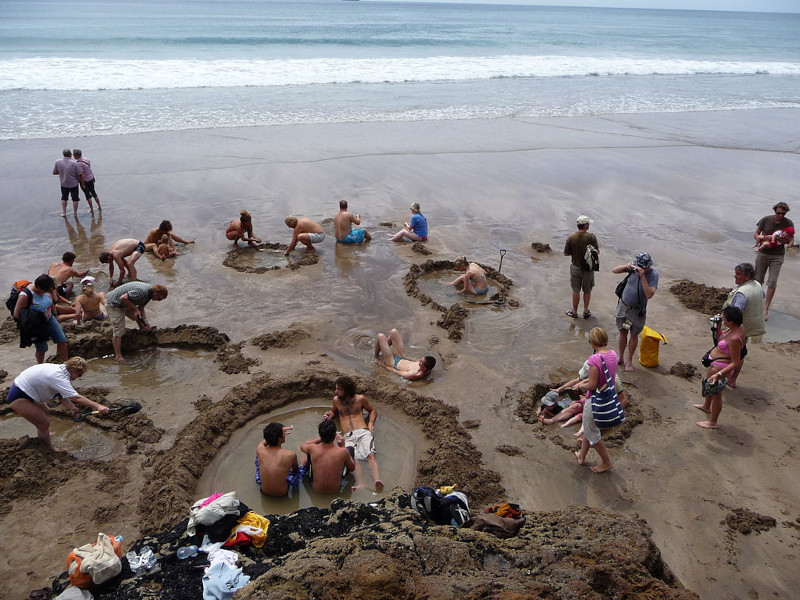
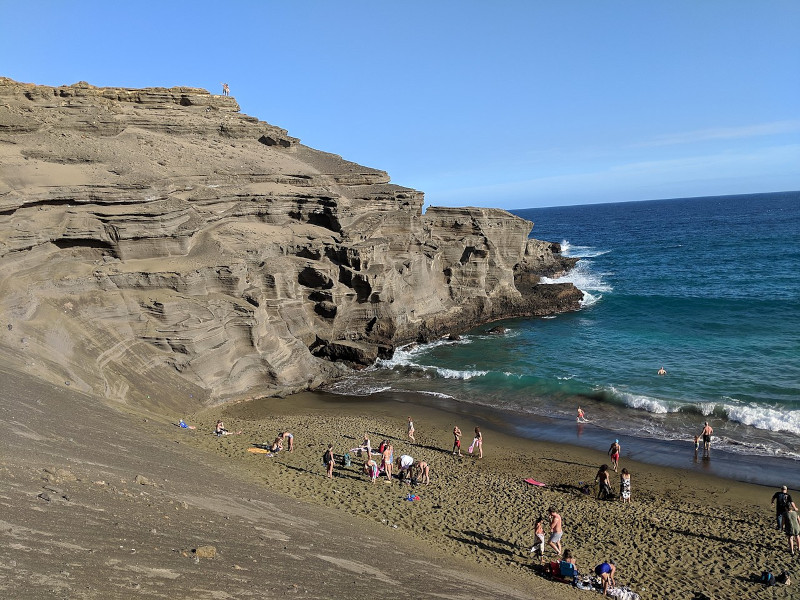
Red Beach Physical Description
The marvelous Red Beach immediately captivates those fortunate individuals who visit the stunning site. It does so for a wide variety of reasons, though. These include its sheer size as well as the range of natural features, beauty, and not to mention its vibrant colors.
This wonder forms part of a vast wetland ecosystem, one of the largest in the world. In fact, it covers an area of approximately about 64,000 acres (26,000 ha). The landscape also remains predominantly flat and marshy, widely interspersed with small patches of water.
The visually impressive area additionally includes relatively extensive sections of mudflats that periodically become submerged by the tides. These somewhat surprising features also contribute to the unique conditions that allow specific flora to thrive within its borders.
Numerous rivers and streams cross Red Beach as well, with the Liaohe River being the most prominent. The landscape’s further dotted with many small canals and waterways that help distribute the saline water throughout the wetland, sustaining the array of plant life.
Its most striking feature, though, remains the bright red color of the Suaeda salsa plants, which cover the marshland. These plants start growing in April, initially appearing green, and gradually turn a deep red as they mature, peaking in color around September to October.
Red Beach Location, Formation, and Ecology
Nature created the gorgeous Red Beach in a region of the globe already well known for its abundance of geological wonders. That location therefore likely won’t surprise many of you. That’s because it represents just one of the natural marvels of the country of China, in Asia.
The formation’s geographical setting places it in the Liaohe River Delta, near the city of Panjin in Liaoning Province, in the northeastern portion of the nation. It’s also situated along the coast of the Bohai Sea, roughly 19 mi (30 km) southwest of Panjin’s city center.
This site formed through a combination of unique geological, hydrological, and ecological processes. The area’s formation remains closely linked to the natural conditions of the Liaohe River Delta and the specific traits of the Suaeda salsa plant that thrives there.
Over thousands of years, sediment deposition created a vast expanse of flat, marshy land. The delta’s rich sediment and the mixing of freshwater from the river with seawater from the Bohai Sea created the ideal conditions for a unique wetland ecosystem to develop.
The soil in the region also stays highly saline and alkaline due to the influence of seawater, which is essential for the growth of Suaeda salsa. This plant’s one of the few species that easily tolerates such harsh soil conditions, allowing it to dominate the landscape.
The wetland’s brackish water, influenced by tides and river flow, also sustains this unique plant. The periodic flooding by the river and tidal movements helps to maintain the soil’s salinity. That’s crucial for the growth of this plant and the maintenance of the ecosystem.
Breathtaking and distinctive Red Beach represents an ecologically rich and unique wetland ecosystem. Its vibrant red color and biological diversity make it a significant environmental and ecological area. But the above-mentioned plant isn’t the only flora it supports.
Besides this one, the amazing creation of Nature also supports other salt-tolerant plants, which contribute to the biodiversity of the area. These plants evolved as adapted to the harsh saline conditions and remain integral to the overall health of the wetland ecosystem.
A large number of avain species also call the area home. This includes a number of migratory species. Several endangered and protected bird species, including the red-crowned crane and the black-billed gull live there, too. Many ducks, geese, and wading birds do as well.
Its mudflats and shallow waters regularly remain rich in crabs, shellfish, and many other invertebrates. These organisms play a critical role in the food chain, serving as prey for the birds and other animals. A wide variety of insects also thrive in the wetland environment.
Features Sharing Its Region
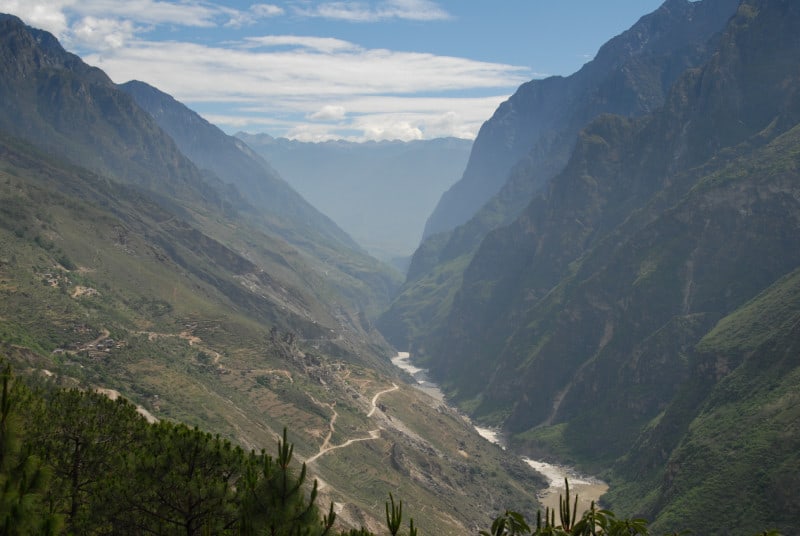
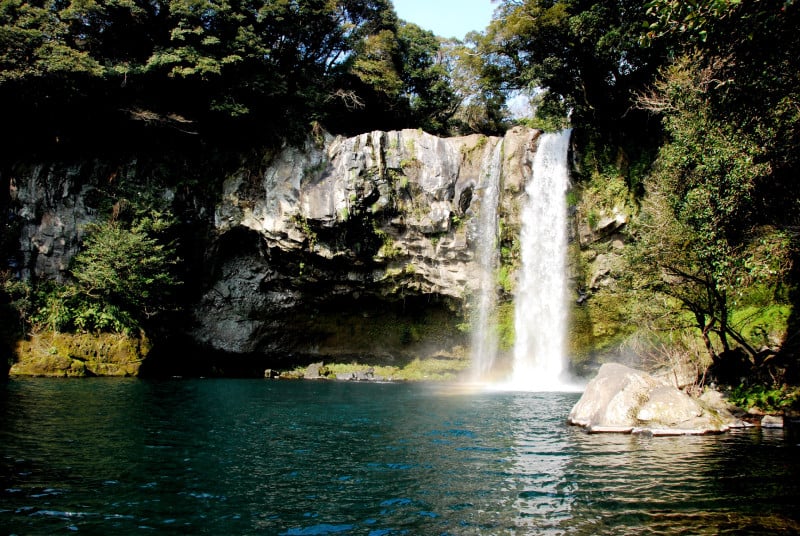
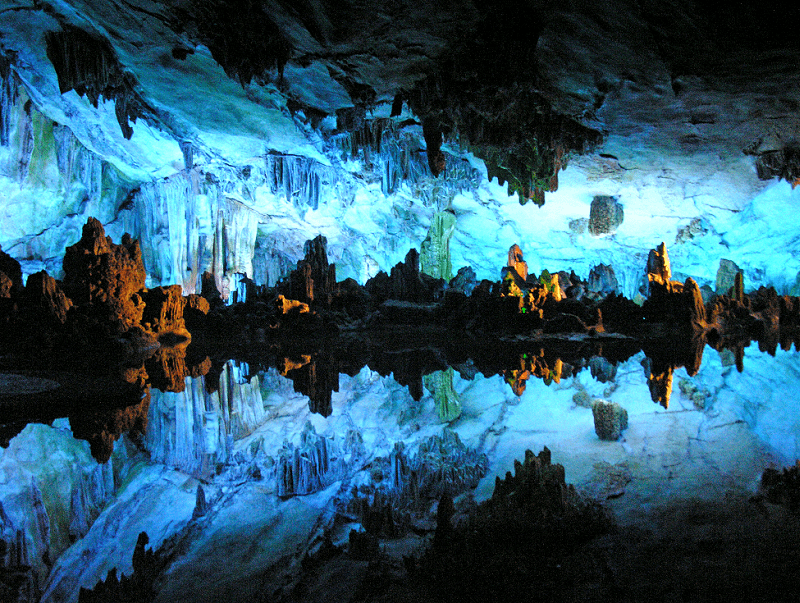
Check out our other articles on 4 Amazing Australian Spiders, Japanese Hare, Table Mountain, Pale Umbrella Orchid, Weedy Seadragon, Jack Jumper Ant, Jamaican Iguana, Weka
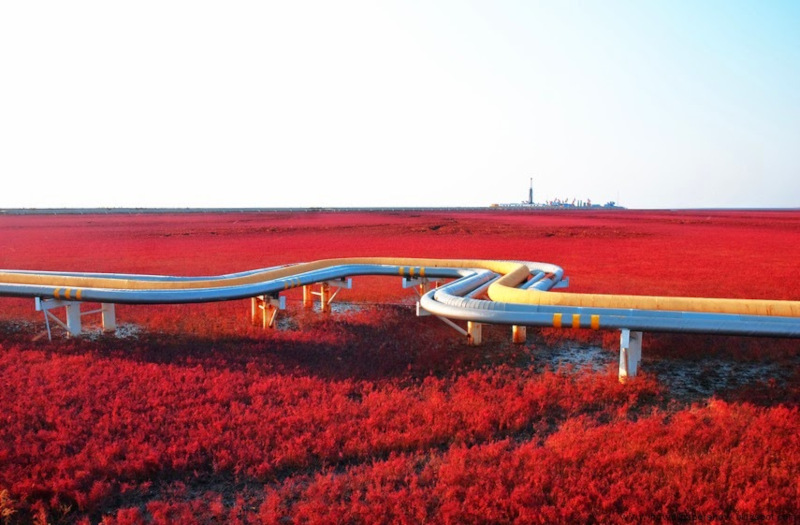
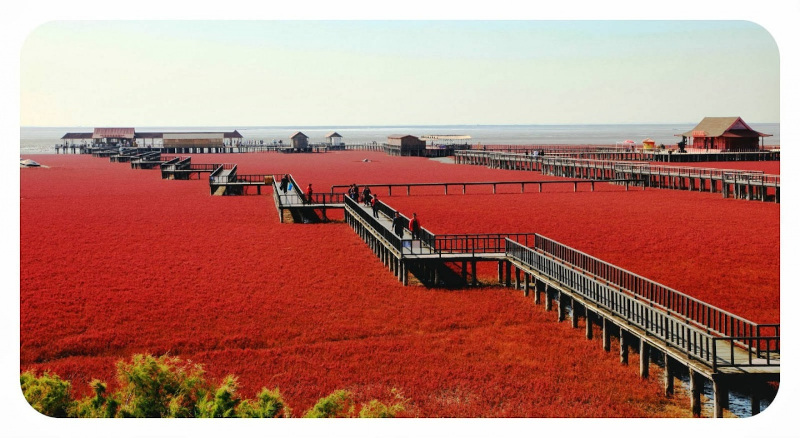










Leave a Reply